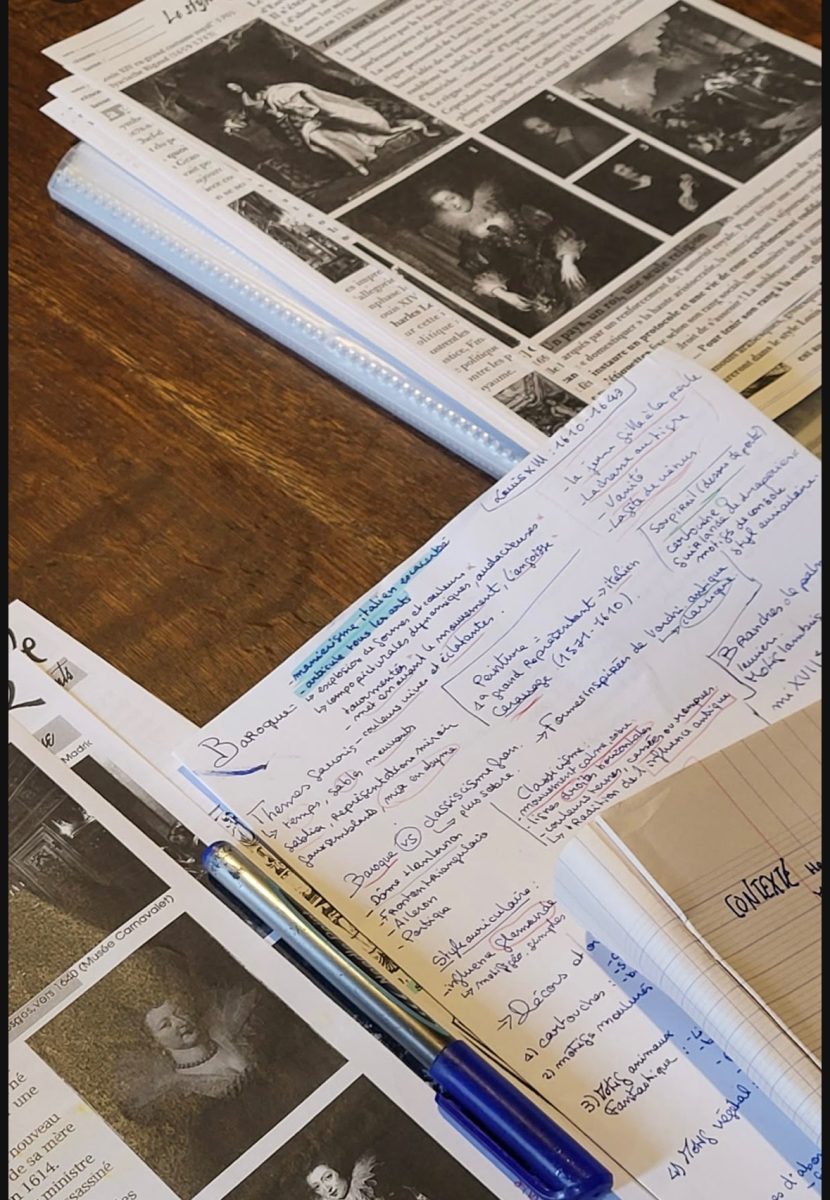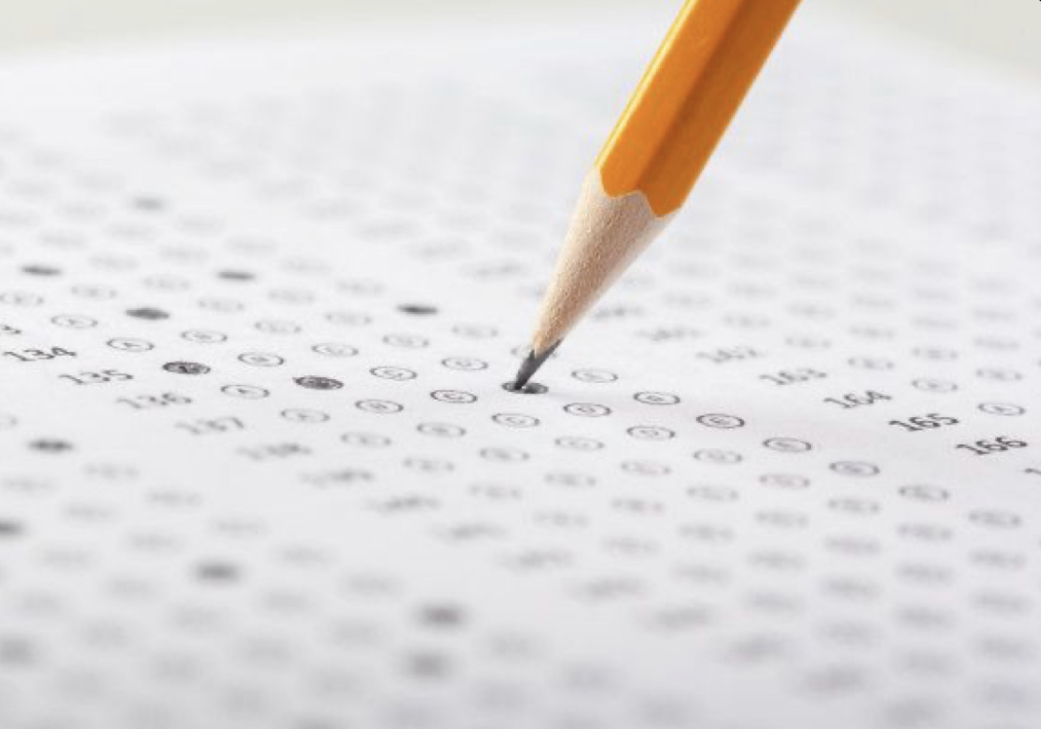I should have been outside on the track, warming up before one of the first home track meets of the season, but something came up in the school day that threw—no, heaved—a wrench into all of my intentions to do well at the meet.
My mom was having a difficult time understanding me—my words were split apart by my rattled breathing, my thoughts too angered and obstinate to acknowledge that everything would be fine. Nothing would ever be fine. Never again, especially in my academic world. I was dumb, unintelligent, and entirely incompetent at everything.
I knew the power of talking to yourself, and how all the thoughts that trickle through your subconscious should be uplifting and positive, not detrimental. And certainly not corroding, chipping away at one’s self-esteem until it is left smoldering and defeated.
I admonished myself anyway, degrading my own reputation before anyone else could define me as the girl who fails standardized tests.
Throughout the whole day, the entire junior year became fixated on their newly released SAT scores. We discussed scores and colleges with friends, peers, and teachers, mentally seeing where we fell in terms of the scores we received.
“What was your score?”
“I did so bad. I’m going to retake it as soon as possible.”
“I suck. I studied for once and didn’t even do good.”
“My brother got a 1360 on the SAT and didn’t even get into the University of Michigan.”
“I feel so dumb.”
Welcome to the Scholastic Aptitude Test, more commonly known as the SAT by the stressed, sad, and sour students of America. The SAT puts students through a mine of tasks, including but not limited to three hours of grueling reading, grammar, and math—both calculator and no calculator, just to spice it up. At my school, they even added an essay portion to make the whole process a little more heated.
According to PBS, the SAT was first administered in 1926 to a total of 8,040 candidates, most of them male. This fact alone shows that this standardized test is antiquated, first administered during a period extraordinarily different than the one we live in now.
By 1935, many Ivy League schools (Harvard, Brown, Columbia, etc.) started using the SAT for their admissions process, enforcing a “fair” scale to compare student’s overall readiness for college. From the beginning, the whole thought process was flawed: the test is not fair, especially for students whose abilities lay in more creative fields—fields that aren’t even considered on the test. Just enforcing the same time constraints, utensils, and testing conditions doesn’t mean the test is reduced to an even level.
Furthermore, the SAT shows only one thing: the individual’s ability to take the SAT. Writing, social skills, ability to problem solve, and general human character are excluded from the paper and pencil test.
As of 2023, eighty percent of colleges and universities in the United States are test-optional, meaning that they do not require that their applicants submit their standardized test scores for the SAT or ACT, relying instead on grades, essays, and student resumes; although the test-optional theory was accelerated by the COVID-19 pandemic when students were unable to even take the test, the concept was kickstarted years earlier as an attempt to promote equity.
Although certain SAT scores may offer you financial aid or scholarships, the burden of comparison and the sense of academic failure make the small chance of earning reduced tuition worthless.
Many high school students are obdurate when acknowledging their feelings for the SAT: they declare that the whole process is tedious, unnecessary, and taxing, especially when the SAT is scheduled the same week as other fruitless standardized tests.
I haven’t met a single person who relishes the SAT; in fact, on that sunny day in April when we got our scores back, I was hardly the only one moved to tears. Academic success, rigor, and achievement were all concepts that my school had preached since kindergarten: from being the first person to learn how to hold your pencil the correct way to stacking schedules with AP and Honors classes, every little challenge has evolved into strenuous competition.
The whole purpose behind the SAT is no more than faintly adumbrated, the objective clouded over by opinion and nearly a century of administration.
Most colleges are test-optional. Approximately fifty percent of students don’t even go to college—and the percentage is dropping every year. Students stress for weeks about it, both before, during, and after the actual test.
Even though I might not have received the best SAT math score, I still can analyze the statistics regarding the test: it is antiquated, irrelevant, and, at most, regarded with indifference.



























































































